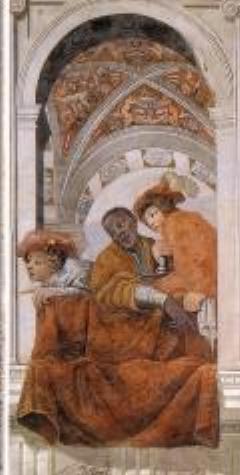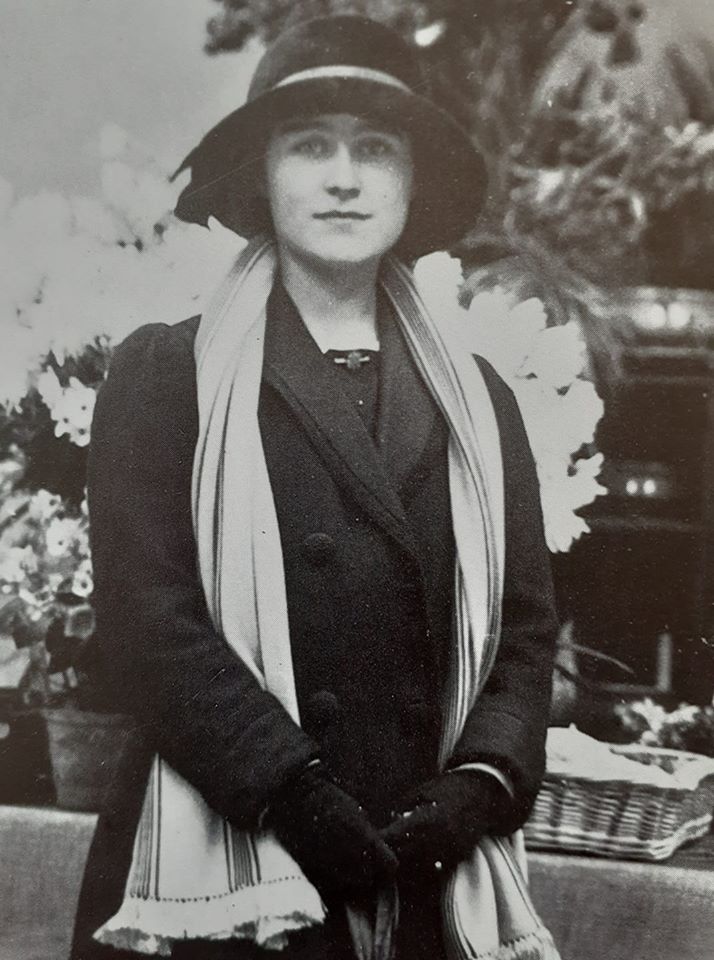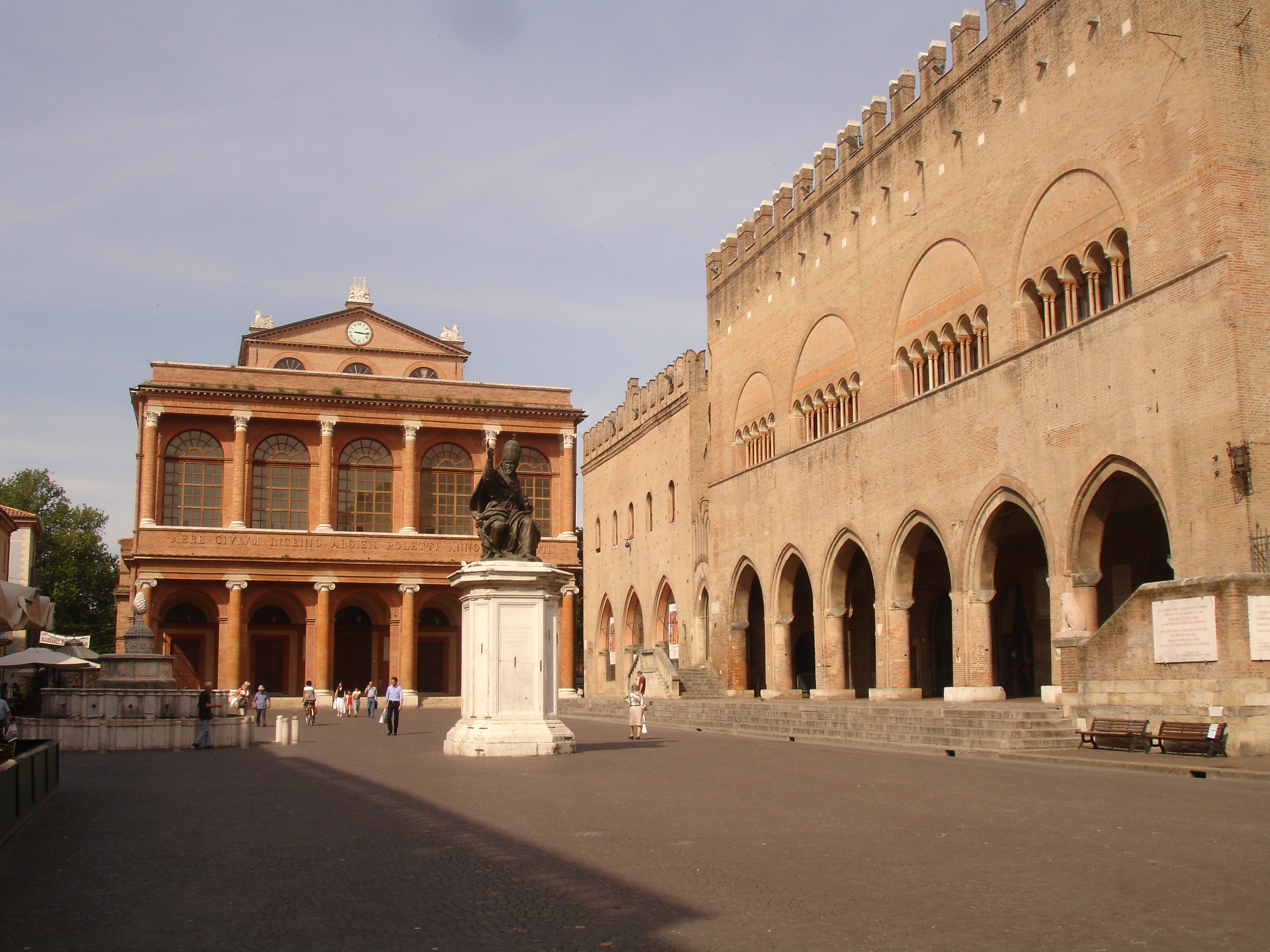|
Sant'Andrea Degli Scozzesi
Sant' Andrea degli Scozzesi (English: St Andrew of the Scots) is a 17th century former Catholic church in Rome, near Piazza Barberini on Via delle Quattro Fontane. Once a haven for Scottish Catholics in Rome and chapel of the Pontifical Scots College, it was deconsecrated in 2004 and still stands. History The Scottish National Church had been Sant'Andrea delle Fratte until the Reformation, when in 1585 Pope Sixtus V assigned it to the Minim friars of Saint Francis of Paola. In around 1592 Pope Clement VIII purchased the palace of Florentine Cosmo in order to build the church of ''S.Andrea e S.Margherita regina''. In addition, the Pope founded a college and hospice constructed for the Scottish expatriate community in Rome fleeing religious persecution, especially for those intended for priesthood. In 1604, these institutions were relocated to the ''Via Felice'' (now the ''Via delle Quattro Fontane''). In 1615, Pope Paul V gave the hospice and the Scots College to the Jesuits ... [...More Info...] [...Related Items...] OR: [Wikipedia] [Google] [Baidu] |
Italy
Italy, officially the Italian Republic, is a country in Southern Europe, Southern and Western Europe, Western Europe. It consists of Italian Peninsula, a peninsula that extends into the Mediterranean Sea, with the Alps on its northern land border, as well as List of islands of Italy, nearly 800 islands, notably Sicily and Sardinia. Italy shares land borders with France to the west; Switzerland and Austria to the north; Slovenia to the east; and the two enclaves of Vatican City and San Marino. It is the List of European countries by area, tenth-largest country in Europe by area, covering , and the third-most populous member state of the European Union, with nearly 59 million inhabitants. Italy's capital and List of cities in Italy, largest city is Rome; other major cities include Milan, Naples, Turin, Palermo, Bologna, Florence, Genoa, and Venice. The history of Italy goes back to numerous List of ancient peoples of Italy, Italic peoples—notably including the ancient Romans, ... [...More Info...] [...Related Items...] OR: [Wikipedia] [Google] [Baidu] |
Pope Paul V
Pope Paul V (; ) (17 September 1552 – 28 January 1621), born Camillo Borghese, was head of the Catholic Church and ruler of the Papal States from 16 May 1605 to his death, in January 1621. In 1611, he honored Galileo Galilei as a member of the papal Accademia dei Lincei and supported his discoveries. In 1616, Pope Paul V instructed Cardinal Robert Bellarmine to inform Galileo that the Copernican theory could not be taught as fact, but Bellarmine's certificate allowed Galileo to continue his studies in search for evidence and use the geocentric model as a theoretical device. That same year Paul V assured Galileo that he was safe from persecution so long as he, the Pope, should live. Bellarmine's certificate was used by Galileo for his defense at the trial of 1633. Trained in jurisprudence, Borghese was made Cardinal-Priest of Sant'Eusebio and the Cardinal Vicar of Rome by Pope Clement VIII. He was elected as Pope in 1605, following the death of Pope Leo XI. Pope ... [...More Info...] [...Related Items...] OR: [Wikipedia] [Google] [Baidu] |
Cardinal Vicar
Cardinal vicar () is a title commonly given to the vicar general of the Diocese of Rome for the portion of the diocese within Italy (i.e. excluding the portion within Vatican City). The official title, as given in the ''Annuario Pontificio'', is vicar general of His Holiness. The bishop of Rome is responsible for the spiritual administration of this diocese, but because the bishop of Rome is the pope, with many other responsibilities, he appoints a cardinal vicar with ordinary power to assist in this task. Canon law requires all Catholic dioceses to have one or more vicars general, but the cardinal vicar functions more like a ''de facto'' diocesan bishop than do other vicars general. The holder has usually been a cardinal. A similar position exists to administer the spiritual needs of the Vatican City, known as the vicar general for Vatican City or, more exactly, Vicar General of His Holiness for Vatican City. History Establishment It seems certain that in the twelfth cen ... [...More Info...] [...Related Items...] OR: [Wikipedia] [Google] [Baidu] |
Cariplo
Cassa di Risparmio delle Provincie Lombarde, known in shorthand as Cariplo SpA, was an Italian bank founded in 1823. On 2 January 1998, it merged with Banco Ambrosiano Veneto to form Banca Intesa. Cariplo SpA became a short-lived sub-holding company of Intesa in late 1990s, and was fully absorbed circa 2000. History The bank was formed on 12 June 1823 by the count Giovanni Pietro Porro, in Kingdom of Lombardy–Venetia, decades before the unification of Italy. Situated in industrialized Northern Italy, the Lombard firm had become one of the major bank in Italy. In 1926 the bank absorbed Cassa di Risparmio di Voghera and Cassa di Risparmio di Novara in 1928. In December 1991, due to Legge Amato, the bank, as società per azioni, and Fondazione Cariplo were formed to separate ownership, charity and daily banking operation. The bank also started its own expansion strategy 1990s, which acquired shares of the saving banks of Alessandria, Carrara and Spezia to form Carinord ... [...More Info...] [...Related Items...] OR: [Wikipedia] [Google] [Baidu] |
Queen Elizabeth The Queen Mother
Elizabeth Angela Marguerite Bowes-Lyon (4 August 1900 – 30 March 2002) was Queen of the United Kingdom and the Dominions of the British Commonwealth from 11 December 1936 to 6 February 1952 as the wife of King George VI. She was also the last Empress of India from 1936 until the British Raj was dissolved on 15 August 1947. After her husband died, she was officially known as Queen Elizabeth The Queen Mother to avoid confusion with her daughter Queen Elizabeth II. Born into a family of British nobility, Elizabeth came to prominence in 1923 when she married Prince Albert, Duke of York, the second son of King George V and Queen Mary. The couple and their daughters, Elizabeth and Margaret, embodied traditional ideas of family and public service. The Duchess undertook a variety of public engagements and became known for her consistently cheerful countenance. In 1936, Elizabeth's husband unexpectedly ascended the throne as George VI when his older brother, ... [...More Info...] [...Related Items...] OR: [Wikipedia] [Google] [Baidu] |
Luigi Poletti (architect)
Luigi Poletti (28 October 1792 – 2 August 1869) was an Italian people, Italian architect, active in a Neoclassical architecture, neoclassical style. Biography He was born in Modena. He initially obtained a doctorate in Mathematics and Philosophy in Bologna. He returns to Modena and becomes engineer of the Garfagnana, and professor of Mechanics and Hydraulics at the University. He then received a stipend to study in Rome. There he studied under Raffaele Stern. In 1823, the ancient Basilica of San Paolo fuori le Mura, one of the seven pilgrimage churches of Rome, was destroyed by fire. When plans for a new church were announced, a great hue arose from the neoclassic adherents of the past, such as Carlo Fea, who advocated for the church to be rebuilt as an exact replica of the past. Initially Pasquale Belli was hired, but soon after was replaced by Poletti who promised a closer replica. But he proposed to build a church as if the original builders ''had returned and, in their ... [...More Info...] [...Related Items...] OR: [Wikipedia] [Google] [Baidu] |
John Henry Newman
John Henry Newman (21 February 1801 – 11 August 1890) was an English Catholic theologian, academic, philosopher, historian, writer, and poet. He was previously an Anglican priest and after his conversion became a cardinal. He was an important and controversial figure in the religious history of England in the 19th century and was known nationally by the mid-1830s. He was canonised as a Catholic saint in 2019. He was a member of the Oratory of St. Philip Neri. Originally an evangelical academic at the University of Oxford and priest in the Church of England, Newman was drawn to the high church tradition of Anglicanism. He became one of the more notable leaders of the Oxford Movement, an influential and controversial grouping of Anglicans who wished to restore to the Church of England many Catholic beliefs and liturgical rituals from before the English Reformation. In this, the movement had some success. After publishing his controversial Tract 90 in 1841, Newman la ... [...More Info...] [...Related Items...] OR: [Wikipedia] [Google] [Baidu] |
Saint Andrew's Day
Saint Andrew's Day, also called the Feast of Saint Andrew or Andermas, is the feast day of Andrew the Apostle. It is celebrated on 30 November, during Scotland's Winter Festival. Saint Andrew is the disciple in the New Testament who introduced his brother, the Apostle Peter, to Jesus, the Messiah. Traditions and celebrations Saint Andrew's Day marks the beginning of the traditional Advent devotion of the Saint Andrew Christmas Novena. Saint Andrew's Day (, ) is Scotland's official national day. It has been a national holiday in Romania since 2015. He is the patron saint of Cyprus, Scotland, Greece (City of Patras), Romania, Russia, Ukraine, the Ecumenical Patriarchate of Constantinople, San Andres Island (Colombia), Saint Andrew (Barbados), Tenerife (Spain), and Chamoson (Switzerland). Scotland The celebration of Saint Andrew as a national festival among some social strata and locales is thought to originate from the reign of Malcolm III (1058–1093). It was thought tha ... [...More Info...] [...Related Items...] OR: [Wikipedia] [Google] [Baidu] |
Pope Pius IX
Pope Pius IX (; born Giovanni Maria Battista Pietro Pellegrino Isidoro Mastai-Ferretti; 13 May 1792 – 7 February 1878) was head of the Catholic Church from 1846 to 1878. His reign of nearly 32 years is the longest verified of any pope in history; if including unverified reigns, his reign was second to that of Peter the Apostle. He was notable for convoking the First Vatican Council in 1868 and for permanently losing control of the Papal States in 1870 to the Kingdom of Italy. Thereafter, he refused to leave Vatican City, declaring himself a "prisoner in the Vatican". At the time of his election, he was a liberal reformer, but his approach changed after the Revolutions of 1848. Upon the assassination of his prime minister, Pellegrino Rossi, Pius fled Rome and excommunicated all participants in the short-lived Roman Republic (1849–1850), Roman Republic. After its suppression by the French army and his return in 1850, his policies and doctrinal pronouncements became increasingl ... [...More Info...] [...Related Items...] OR: [Wikipedia] [Google] [Baidu] |
Secular Clergy
In Christianity, the term secular clergy refers to deacons and priests who are not monastics or otherwise members of religious life. Secular priests (sometimes known as diocesan priests) are priests who commit themselves to a certain geographical area and are ordained into the service of the residents of a diocese or equivalent church administrative region. That includes serving the everyday needs of the people in parishes, but their activities are not limited to that of their parish. Etymology and terminology The Latin word referred to a period of time roughly equivalent to 100 years. It forms the basis of the word for ''century'' in Romance languages (e.g., French , or Italian ). Latin Christianity adopted the term in Ecclesiastical Latin to refer to matters of an earthly and temporal, as opposed to a heavenly and eternal, nature. In the 12th century, the term came to apply to priests obligated with parochial and ministerial duties rather than the "regular" duties of m ... [...More Info...] [...Related Items...] OR: [Wikipedia] [Google] [Baidu] |
Suppression Of The Society Of Jesus
The suppression of the Society of Jesus was the removal of all members of the Jesuits from most of Western Europe and their respective colonies beginning in 1759 along with the abolition of the order by the Holy See in 1773; the papacy acceded to anti-Jesuit demands without much resistance. The Jesuits were serially expelled from the Portuguese Empire (1759), Kingdom of France, France (1764), the Kingdom of the Two Sicilies, Two Sicilies, Hospitaller Malta, Malta, Duchy of Parma, Parma, the Spanish Empire (1767) and Archduchy of Austria, Austria and Kingdom of Hungary (1526–1867), Hungary (1782). Historians identify multiple factors causing the suppression. The Jesuits, who were not above getting involved in politics, were distrusted for their closeness to the pope and his power in independent nations' religious and political affairs. In France, it was a combination of many influences, from Jansenism to free-thought, to the then-prevailing impatience with the Ancien Régime. A ... [...More Info...] [...Related Items...] OR: [Wikipedia] [Google] [Baidu] |
Saint Margaret Of Scotland
Saint Margaret of Scotland (; , ), also known as Margaret of Wessex, was Queen of Alba from 1070 to 1093 as the wife of King Malcolm III. Margaret was sometimes called "The Pearl of Scotland". She was a member of the House of Wessex and was born in the Kingdom of Hungary to the expatriate English prince Edward the Exile. She and her family returned to England in 1057. Following the death of Harold Godwinson at the Battle of Hastings in 1066, her brother Edgar Ætheling was elected as King of England but never crowned. After the family fled north, Margaret married Malcolm III of Scotland by the end of 1070. Margaret was a pious Christian, and among many charitable works she established a ferry across the Firth of Forth in Scotland for pilgrims travelling to St Andrews in Fife, which gave the towns of South Queensferry and North Queensferry their names. Margaret was the mother of three kings of Scotland, or four, if Edmund of Scotland (who ruled with his uncle, Donald III) ... [...More Info...] [...Related Items...] OR: [Wikipedia] [Google] [Baidu] |





